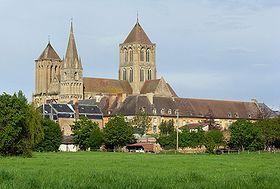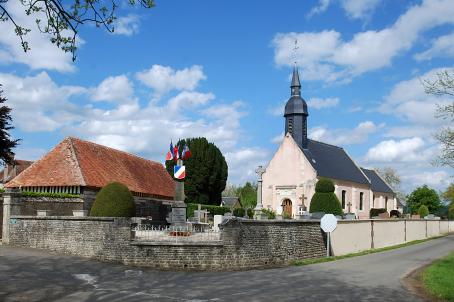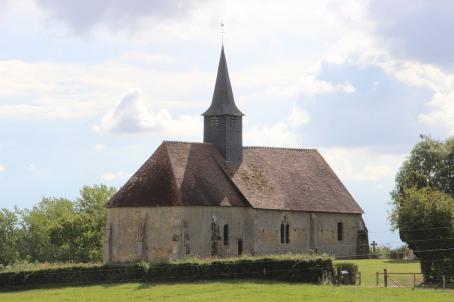Notre-Dame de l'Epinay Abbey Church, Saint-Pierre-sur-Dives
Building built in 1108, two years after the first one was destroyed by the King of England. The work was not completed until the 13th century. The abbey finally fell into disrepair. It then underwent two phases of restoration, in 1461 and 1562, both following wars.
About this building
Latin cross building, to which conventual buildings are added. It contains apse chapels, accessible from the ambulatory. The nave is on three levels of elevation, with flying buttress.





